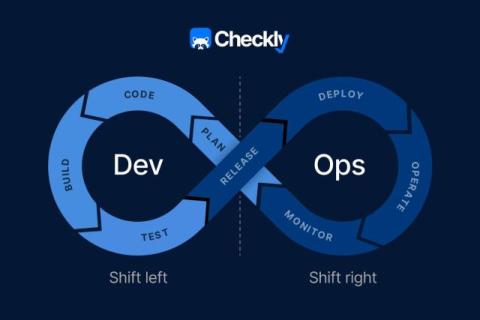Introduction to Log Observer Connect in Splunk Observability Cloud
Log Observer Connect will allow you to connect to and view/query logs from your Splunk Enterprise or Splunk Cloud instance from within Splunk Observability Cloud. In this video, I will introduce you to Log Observer Connect in Splunk Observability Cloud and walk you through a demonstration of how it works. You’ll learn how to view and query logs, as well as save queries for later use. I’ll also walk you through a practical example of when you might use Log Observer Connect through the use of Related Logs.











